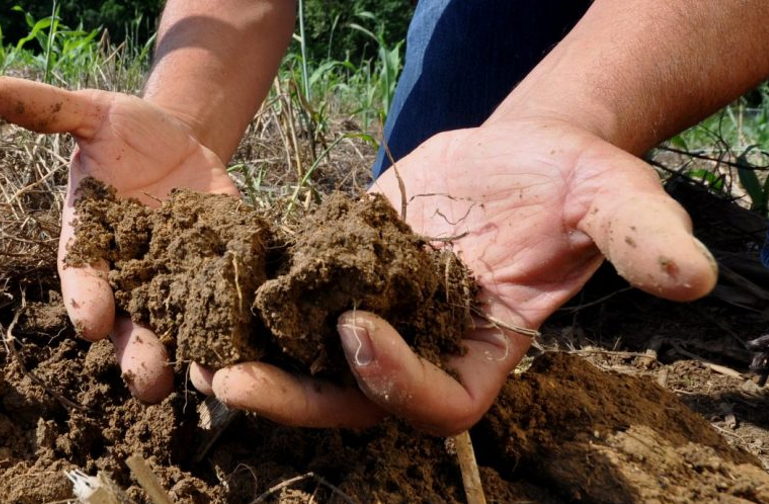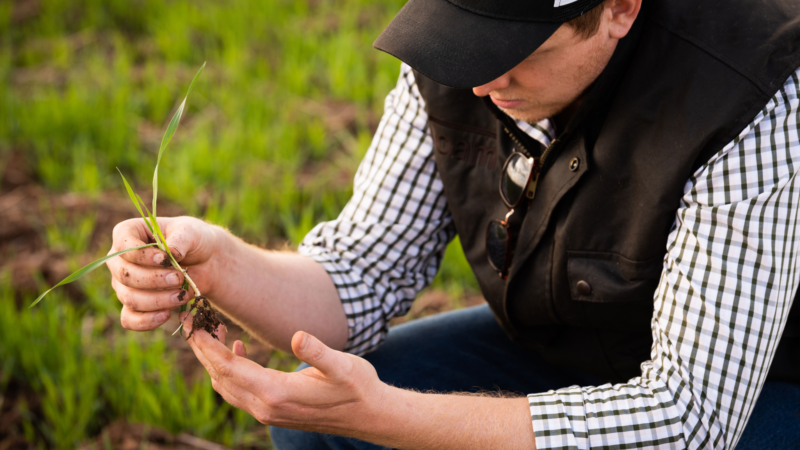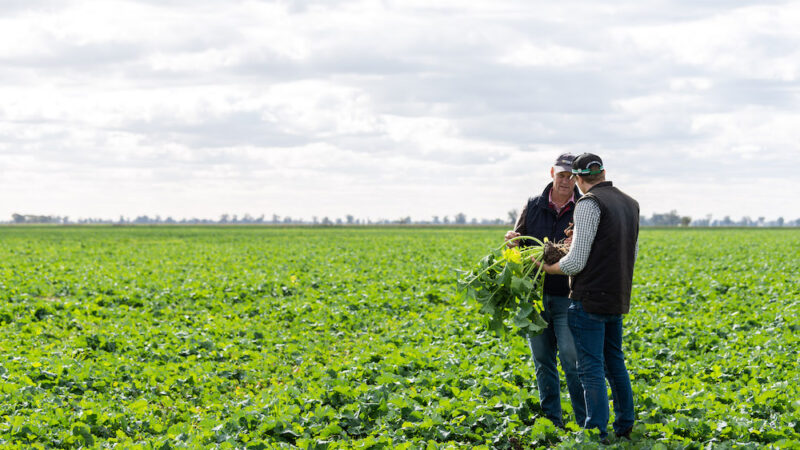G�DAY OCEAN�.MAY WE PARTAKE OF YOUR GOODIES?

A bold concept for invigorating soils and consequent plant growth is proposed for Australian agriculture. It is the application of the combined organic and mineral components of sea- water to broad-acre crops and market gardens.
It has been known for centuries that plants that grow in the sea�.being all seaweeds including kelp�.are, when scattered over the soil, good for terrestrial plants�.and the animals that graze on them.
A Victorian company is planning to make the organic and mineral components of sea-water available to domestic gardeners and commercial growers alike, in liquid concentrate form, for dilution and soil or foliar spraying. Excellent results in terms of soil improvement, crop yield and crop quality are anticipated.
In Florida from the 1930�s to the 1970�s, Dr Maynard Murray spread �sea-solids� (the entire salt content of ocean water) on crop land at rates up to 2,000lb/acre (2.24tonne/hectare), and achieved excellent results with diverse crops.
Bringing together these two components is seawater concentrate, developed by Arthur Zeigler of Washington State University. Such a product with wide potential in Australia stands ready to be developed and brought to the market-place for all agricultural domains. By a clever patented process, Zeigler provides a product for convenient application by farmers and graziers. This product, with the phyto-plankton intact, has been certified for organic use.
Surrounded by three oceans and two seas, Australia has no shortage of harvestable sea-water! All that is needed is a group to develop the infrastructure and make this priceless concentrate available at an affordable price.
Bringing about the widespread use of sea-water concentrate poses an imposing array of production challenges:�
First: Water of acceptable quality must be harvested, then�.
Second: Most of the water needs to be removed, then�.
Third: All, or at least most of the NaCl needs to be removed, then�.
Fourth: Economic Transport is needed to move the product inland, especially to the inland farming regions of Australia.
The biota must be protected throughout the process, so that it is safely delivered to the soil. Land transport costs, even with most of the water removed, would still be substantial, particularly for farms hundreds of kilometres inland. Easing of restrictions on �A-Doubles� will likely be of great help.
The justification for concentrate lies primarily in prospective big yield increases. For Australia, the average yield for wheat at just 2.5 tonne/hect. is well below the U.S.A. and Ukraine, and far below Europe. Prior experience attests also to an improvement in quality.
Certainly, it is looking like an idea whose time has come, one capable of delivering a timely boost to Australian agriculture.
For further information contact:
Anthony Moodie & Associates,
Tel: (613) 9459 5561
Mobile: 0402 154 878
Email: [email protected]





